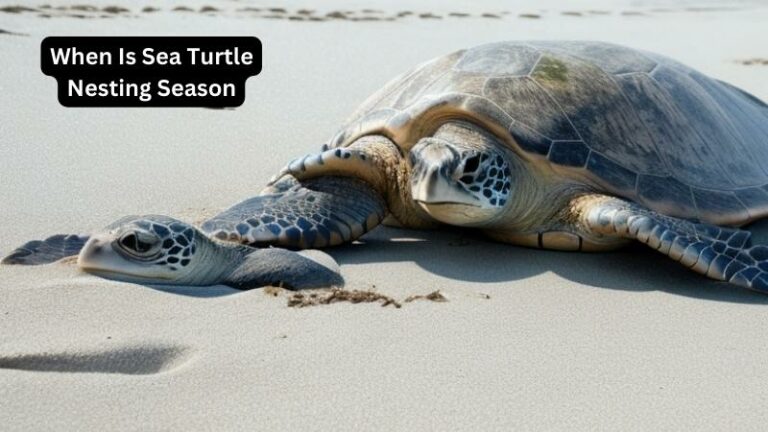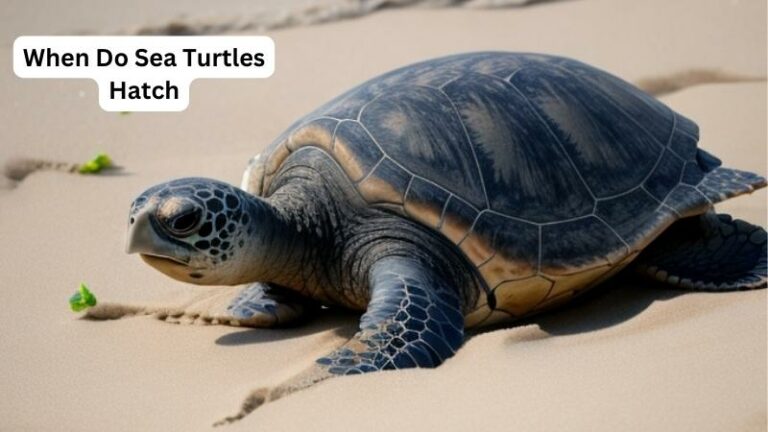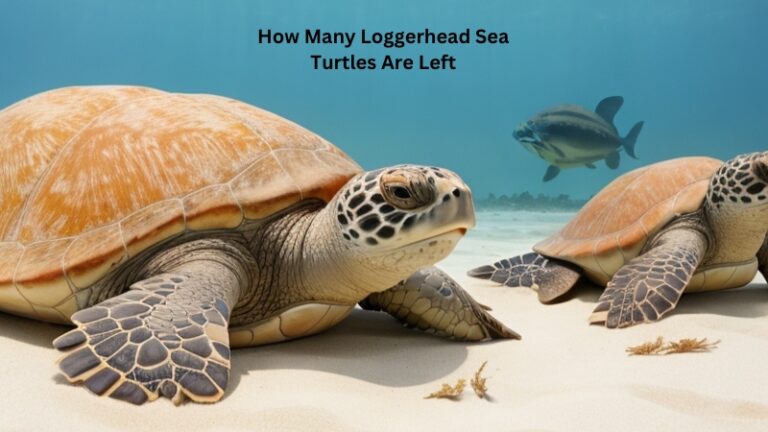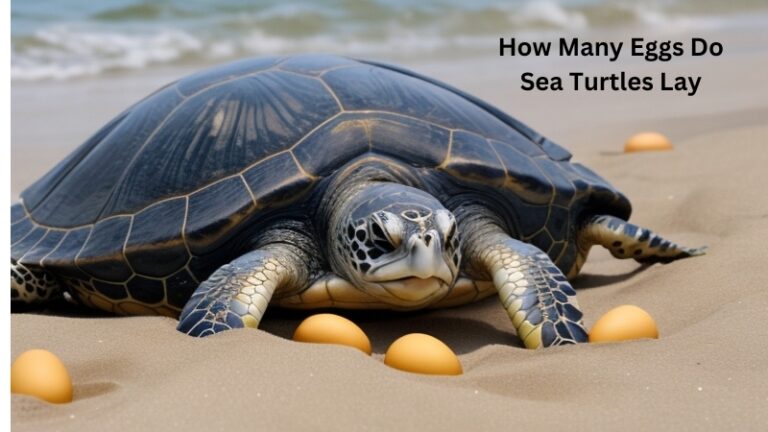What Sharks Eat Sea Turtles
In the vast depths of our oceans, a predator lurks silently, its presence both feared and revered: the shark. Known for its powerful jaws and sleek, streamlined body, the shark is a formidable force in the underwater world. But what exactly fuels this apex predator? One particularly intriguing aspect of their diet is their consumption of sea turtles, the gentle inhabitants of the sea. In this article, we will delve into the fascinating world of shark predation, exploring the reasons why sharks target these ancient reptiles and the impact it has on both species.
Sharks, with their diverse array of species, have evolved over millions of years to become highly efficient hunters. While they may have a varied diet, including fish, seals, and even other sharks, their taste for sea turtles is a notable curiosity. These ancient reptiles, known for their majestic grace and their role in maintaining the balance of marine ecosystems, fall prey to the stealthy and cunning tactics employed by sharks. By understanding the reasons behind this predation, we can gain valuable insights into the complex interplay between predator and prey, shedding light on the delicate web of life beneath the surface of our vast oceans. So, let us embark on a journey into the depths, as we uncover the secrets of what drives sharks to feast upon sea turtles.
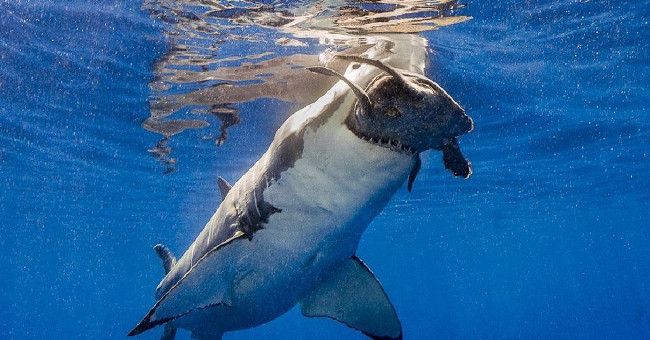
What Sharks Eat Sea Turtles
Sharks are apex predators of the ocean, and their diet consists of various marine creatures. One of the fascinating prey items for sharks is the sea turtle. In this article, we will explore in detail what sharks eat sea turtles and delve into the reasons behind this predatory behavior.
1. The Vulnerability of Sea Turtles
Sea turtles, despite their large size, can be vulnerable to shark attacks due to several factors. Firstly, sea turtles are often slow swimmers, especially when compared to the agility and speed of sharks. This makes them an easy target for predatory sharks that rely on ambush tactics.
Secondly, sea turtles surface for air, and this behavior exposes them to potential attacks from sharks that patrol the water’s surface. The vulnerability of sea turtles is further amplified during their nesting season when they come ashore to lay eggs. Sharks can take advantage of this predictable behavior to prey upon the nesting females or the hatchlings as they make their way to the ocean.
2. Shark’s Adaptations for Predation
Sharks possess several adaptations that make them effective predators of sea turtles. Firstly, their sharp, serrated teeth are designed to tear through the tough and fibrous shells of sea turtles, allowing them to access the vulnerable flesh within.
Additionally, sharks have a keen sense of smell, enabling them to detect the scent of injured or distressed sea turtles from a considerable distance. This heightened sense of smell allows sharks to locate their prey quickly and efficiently, maximizing their chances of a successful hunt.
Furthermore, sharks have powerful jaws and a strong bite force, allowing them to grab and hold onto sea turtles during the struggle. This trait is particularly crucial when dealing with larger sea turtle species that can put up a fight.
3. Factors Influencing Shark Attacks
Several factors influence the frequency and occurrence of shark attacks on sea turtles. One significant factor is the abundance and availability of sea turtles in a particular area. If a region has a high density of sea turtles, it is likely to attract more sharks looking for a potential food source.
Seasonal variations, such as the nesting season, can also impact the likelihood of shark attacks. As mentioned earlier, nesting females and hatchlings are more vulnerable during this time, making them easy targets for sharks.
Additionally, the size and species of sea turtles can influence shark predation. Larger sea turtle species may be more challenging for sharks to tackle, while smaller species may be easier prey.
4. Implications for Sea Turtle Conservation
The predation of sea turtles by sharks is a natural and essential part of the marine ecosystem. However, the conservation of sea turtles is also crucial, as many species are currently endangered or threatened.
Understanding the dynamics between sharks and sea turtles can help conservationists develop strategies to protect these vulnerable creatures. By identifying high-risk areas and implementing protective measures, such as establishing marine protected areas or using exclusion devices in fishing gear, we can mitigate the impact of shark predation on sea turtle populations.
Ultimately, finding a balance between the natural order of the ocean and the conservation of endangered species is key to ensuring the long-term survival of both sharks and sea turtles.
Frequently Asked Questions
Here are some common questions about what sharks eat sea turtles:
What types of sharks eat sea turtles?
Several species of sharks are known to eat sea turtles, including the tiger shark, great white shark, bull shark, and hammerhead shark. These sharks have powerful jaws and sharp teeth that allow them to prey on sea turtles, which are usually slower swimmers compared to other marine animals.
It’s important to note that not all sharks eat sea turtles, and their diet can vary depending on their location and availability of other prey. Sharks have a diverse diet and may also consume fish, seals, dolphins, and other marine creatures.
How do sharks catch sea turtles?
Sharks have different hunting strategies to catch sea turtles. Some sharks rely on their speed and agility to chase down turtles in open water, while others use ambush tactics near reefs or other areas where sea turtles gather.
Once a shark has located a sea turtle, it will usually approach from behind and bite onto its shell or limbs. Sharks have powerful jaws that can crush the hard shell of a sea turtle, making it easier for them to consume their prey.
Are sea turtles a primary food source for sharks?
Sea turtles are not considered a primary food source for most sharks. While sharks do eat sea turtles, they have a varied diet and consume a wide range of marine animals. The availability of sea turtles as prey can also depend on factors such as the turtle population in a particular area and the shark’s feeding preferences.
It’s worth noting that sharks play a crucial role in maintaining the balance of marine ecosystems. They help control the populations of prey species and prevent overpopulation, which can have negative impacts on the health of the ocean.
Do sharks actively hunt sea turtles?
Sharks are opportunistic predators, meaning they will take advantage of any available food source. While sharks do actively hunt for prey, including sea turtles, they also scavenge on carrion and may opportunistically feed on dead or injured turtles.
However, it’s important to mention that not all sharks actively hunt sea turtles. Some species of sharks primarily feed on fish or other marine animals and may not actively seek out sea turtles as prey.
Do all species of sea turtles face the same level of predation from sharks?
No, different species of sea turtles may face varying levels of predation from sharks. Some species, such as the green sea turtle and loggerhead sea turtle, are known to be more vulnerable to shark predation due to their size and behavior.
Smaller sea turtle species, such as the hawksbill turtle, may also be targeted by sharks. However, larger species like the leatherback turtle have thicker and tougher shells, which can make them less desirable prey for some sharks.
In conclusion, the intricate relationship between sharks and sea turtles is a fascinating subject that sheds light on the complex dynamics of marine ecosystems. While it is true that sharks do prey on sea turtles, it is important to acknowledge that this is just one aspect of their diet. Sharks are apex predators and play a crucial role in maintaining the balance of the oceanic food chain. Understanding their feeding habits and interactions with other species, such as sea turtles, can provide valuable insights into the intricacies of marine biodiversity.
Furthermore, the study of what sharks eat, including sea turtles, is essential for conservation efforts. By comprehending the natural predation patterns of sharks, we can develop effective strategies to protect vulnerable species like sea turtles. Conservation initiatives can focus on creating protected areas and implementing responsible fishing practices that minimize the impact on both sharks and their prey. Ultimately, the exploration of this topic not only deepens our understanding of the natural world but also highlights the urgency of safeguarding these magnificent creatures and the delicate ecosystems they inhabit.
